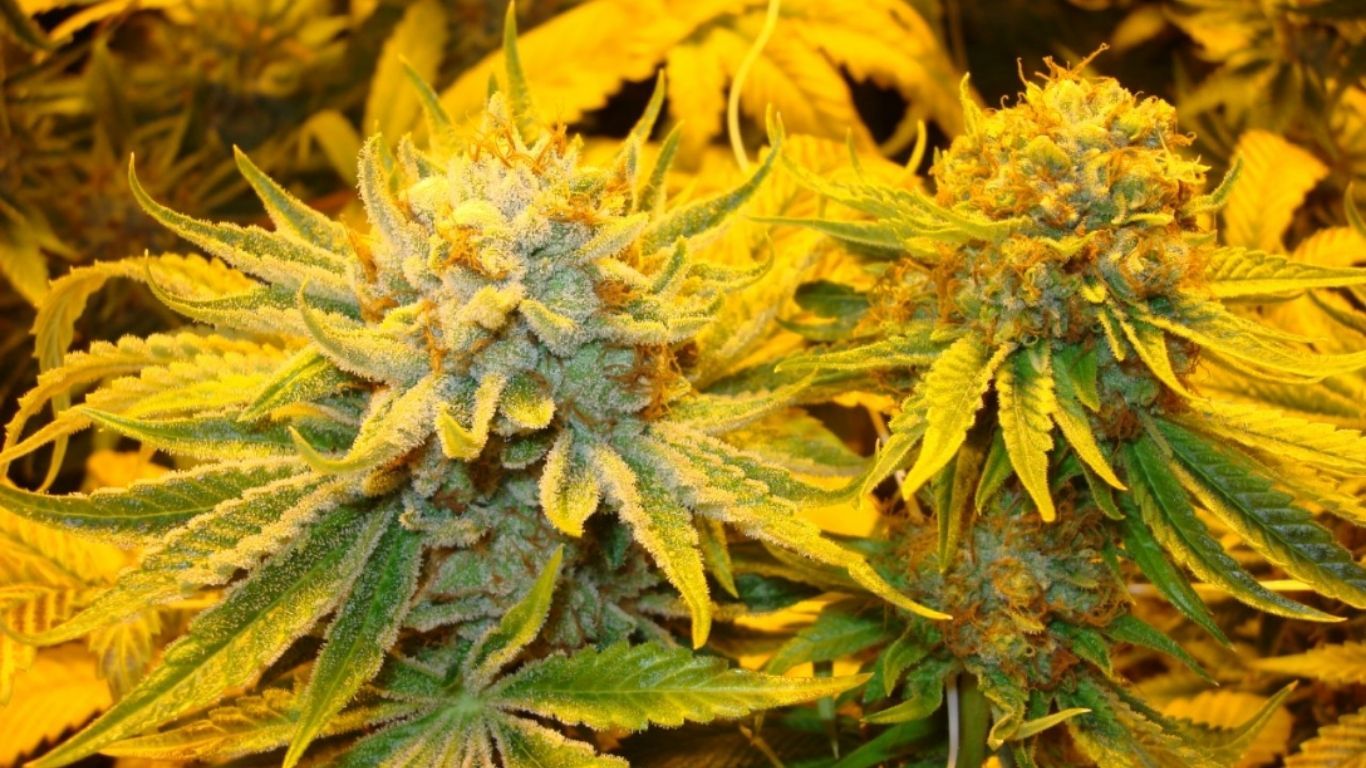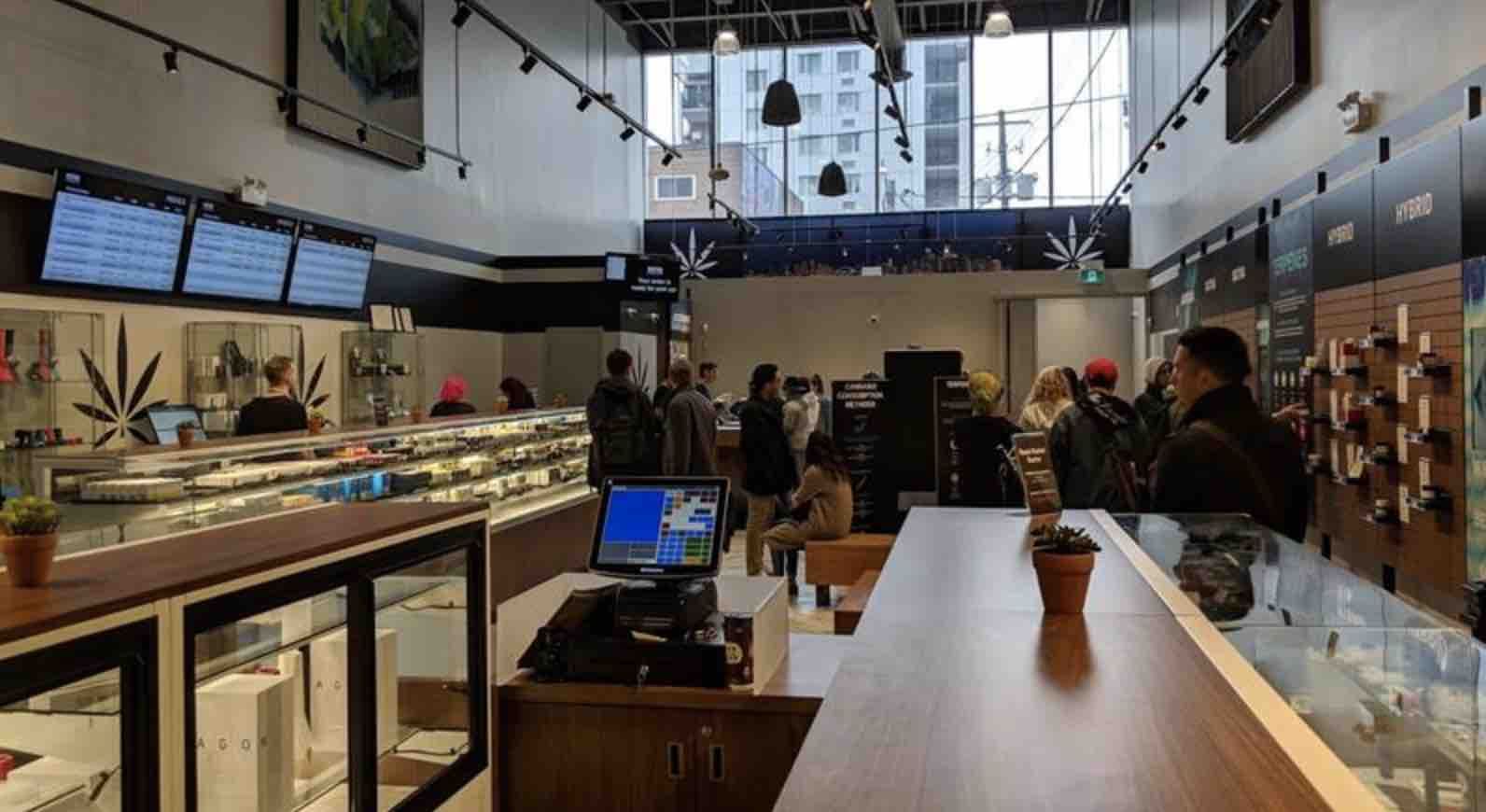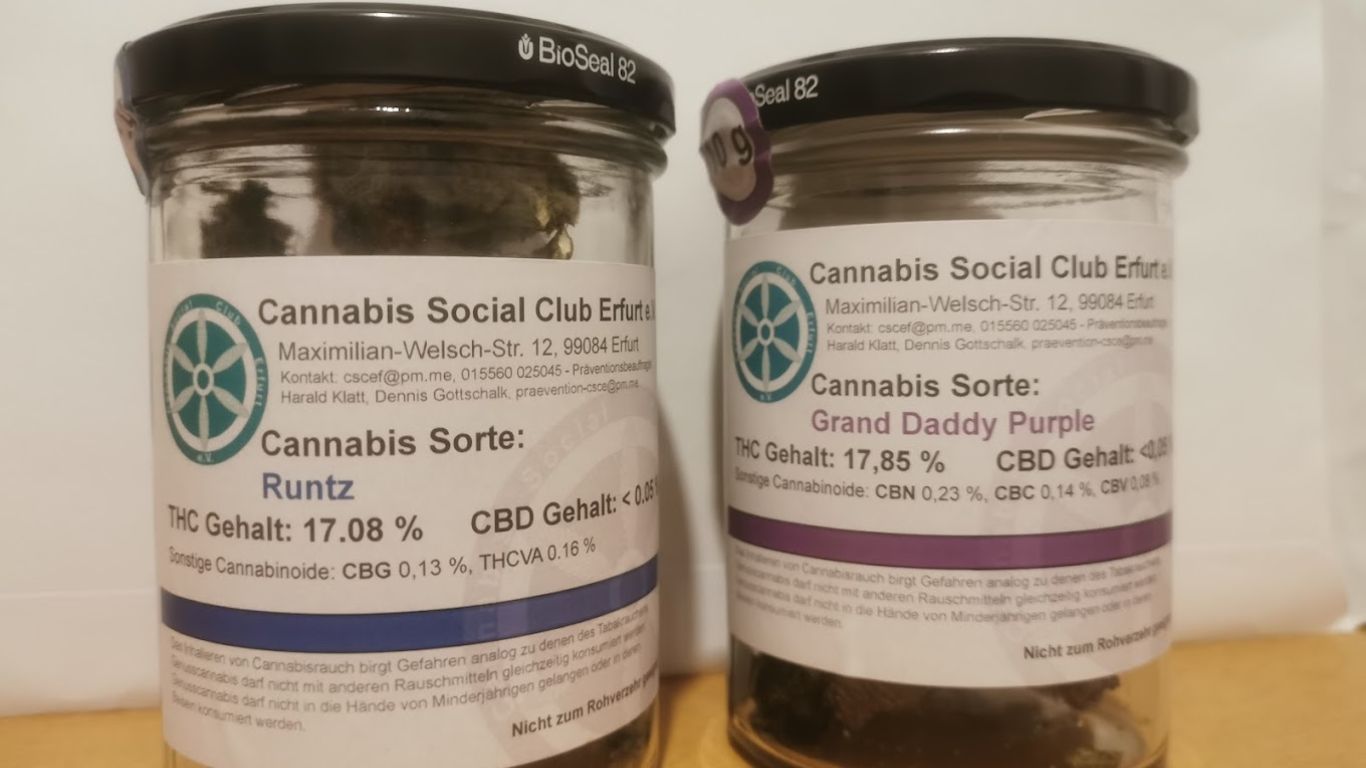
The hop latent viroid (HLVd) is an infectious pathogen which causes disease in cannabis plants. It first came to the cannabis industry’s notice in California back in 2018. Now, the viroid has taken hold in Canada.
“It’s a serious issue in Canada,” says Carson Otto, Director of Sales at Segra International. “Given its latent nature, HLVd can go undetected in a cultivation facility for quite some time, and can be unknowingly introduced to facilities through seed stock and/or traditionally propagated clones that are asymptomatic.”
Otto says that, once the symptoms start to show, the viroid can have a significant impact on a cannabis plant’s performance, and directly affect the value of subsequent harvests.
Given its latent nature, HLVd can go undetected in a cultivation facility for quite some time, and can be unknowingly introduced to facilities through seed stock and/or traditionally propagated clones that are asymptomatic.
Carson Otto, Segra International
“From what we’ve seen and heard,” he says, “it is quite common in cannabis facilities across Canada, and cultivators are looking to us to remove this viroid from their core production cultivars.”
The hop latent viroid – also sometimes referred to as “dudding” or the “dudding disease” – has only 256 nucleotides of RNA. It is much simpler than a virus, which has a protein coat called a capsid. Without a host, the hop latent viroid cannot survive.
Sanitation of tools prior to being used for each plant would inactive HLVd and control the spread of the viroid in indoor cultivation. It would be very helpful.
Dr. Adel Zarei, Safari Flower Company
However, it can spread from an infected mother plant to its progeny via cuttings propagation (cloning), as well as through mechanical transmission, such as pruning. More research needs to be done to show whether HLVd can be transmitted via seeds or insect vectors such as aphids and thrips.
“Most LPs don’t have an established procedure to sanitize propagation and pruning tools when they move from one plant to another,” says Dr. Adel Zarei, Cannabis Micropropagation Lab Manager at Safari Flower Company. “Sanitation of tools prior to being used for each plant would inactive HLVd and control the spread of the viroid in indoor cultivation. It would be very helpful.”
According to experts, a 10% bleach solution is the best-known practice for cleaning tools and destroying the viroid to eliminate the risk of spread. It must be a fresh bleach solution and prepared, at a minimum, once a day for an eight-hour shift.
“Another option, if it’s feasible for cultivators, is to use Bunsen burners to heat sterilize their tools,” says Otto from Segra. “5-10 seconds through the flame of a Bunsen burner will sterilize the surface, and rid it of any potentially infectious RNA.”
A threat to value
StratCann reached out for comment from within Canada’s LP community, but there appears to be some reluctance to speak to the issue. As a result, although there is word that the hop latent viroid is spreading fast in Canada, there is little specific news on how LPs are responding.
The number one problem with the viroid is that it can bring down those THC levels.
Brian Coutts, A&L Canada Laboratories
This is of some concern, given that symptoms include stunted trichome production, lower yield, and – perhaps most importantly – reduced potency.
“Everyone is chasing that THC number, as they think that’s what the consumers want,” says Brian Coutts, Business Development Manager at A&L Canada Laboratories. “And the number one problem with the viroid is that it can bring down those THC levels.”
Industry insiders report that some infected crops can suffer anywhere from 50%-70% loss in THC content. This occurs alongside the reduction in other key cannabinoids and terpenes that would generally have much higher potencies in a healthy, non-infected plant.
“With each clone, the THC levels will keep dropping, and it’s hard to tell if you have it or not,” says Coutts. “When you test, it could be in one half of your plants, and not in the other half. It’s very tricky.”
Solving the problem
It is possible to get rid of hop latent viroid; however, it is not economically feasible to test every single plant in a grow operation. The best practice is to maintain proper sanitation protocols on tools to mitigate the risk of lateral transmission, to visually monitor and scout for unhealthy plants, and to remove these unhealthy plants from the grow once identified.
“If a cultivar is suspected to be infected with HLVd, sending a mother stock plant to us for genetic cleaning is an excellent option, as we can identify if the viroid is there and apply our proven tissue culture practices in an effort to remove it from the plant,” says Otto from Segra. “If the plant comes back negative for HLVd but is still showing symptoms, this generally means there is some other, potentially unknown, pathogen affecting the plant, and it’s best to clean the germplasm through our apical meristematic tissue culture protocols.”
One big issue in Canada is that the viroid can spread without people knowing it. They might purchase infected clones, or spread it by going from one LP site to another. Fortunately, there are reliable testing assays for the viroid that are available to the Canadian cannabis industry through third-party analytical labs.
“If a cultivator suspects HLVd, I’d suggest sending a leaf tissue sample into an analytical lab for a definitive answer,” says Otto. “Segra has also recently developed an internal assay that we use to identify and monitor for the viroid on incoming material for genetic cleaning and reinvigoration.”
To date, the reluctance on the part of Canadian LPs to discuss the issue means that the industry doesn’t have a clear sense of the extent of the problem. The news from the labs, however, is that hop latent viroid is here, and causing concern.
“Lately, we’ve been getting calls saying that mother plants were stunted and showing abnormal grow,” says Zarei from Safari Flower Company. “LPs want to mitigate the spread, clean things up, and to get the mother plant back to a healthy condition using tissue culture techniques. One of the disadvantages of cannabis conventional propagation (cloning) is spread of viral diseases from one generation to another.”
If cultivators have infected production cultivars that they want to continue producing, it is possible to remove HLVd from the cannabis germplasm. However, this cleaning procedure can be time consuming. Done properly, it can take anywhere from 8-12 months, depending on the cultivar.
In the meantime, the threat from hop latent viroid is something of a shot across the bow for the industry.
“Scaled cultivation of cannabis is relatively new to the commercial agriculture world, and there will likely be more pathogens that mutate and adapt to infect this crop in the coming future,” says Otto from Segra. “HLVd can be seen as a warning shot to the industry that emphasizes the need to maintain proper sanitation and integrated pest management protocols, to have reliable plant suppliers, and to utilize the tools at hand to combat emerging pathogens in the industry.”
Featured image via michiganmedicalmarijuana.org











